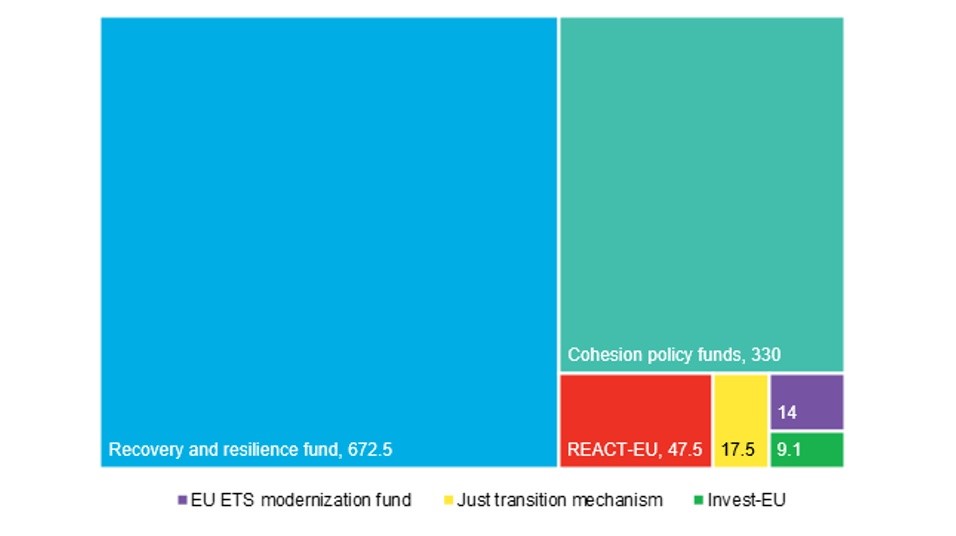This website uses cookies so that we can provide you with the best user experience possible. Cookie information is stored in your browser and performs functions such as recognising you when you return to our website and helping our team to understand which sections of the website you find most interesting and useful.
BNEF: EU to Slash Building Emissions with Renovation Wave (external content)
General/ 16 October 2020

Buildings across Europe are in for a revamp. The ‘Renovation Wave’ strategy launched on October 14 has gone out big – pushing for a 60% reduction in emissions from buildings to be achieved through energy efficiency and fuel switching. Buildings are the single biggest contributor to final energy consumption in Europe, generating over one-third of emissions.
Central to the EU’s grand plan is an ambition to double the rate of energy efficiency renovations and renovate 35 million buildings by 2030. This would be 20 million more homes than is expected from current activity. But it is not only energy efficiency being targeted: The strategy also aims to reduce heating and cooling demand by a massive 18% over the next decade, which will be hard to reach.
BNEF estimates that doubling the renovation rate to 2% per year will decrease heat demand by 6% by 2030. Thus, building retrofits alone will not be sufficient to achieve the Commission’s heating demand goals. The strategy also sets a target for 4% of buildings per year to switch to low-carbon heating systems, such as heat pumps or district heating, which are more fuel-efficient than boilers. Achieving this target would mean that almost all new heating units bought in a given year would be low-carbon by 2026.
The renovation wave will cost 275 billion euros per year – triple the amount now spent on energy efficiency – with about 90 billion euros provided by public investment. No single dedicated fund has been established. Instead, the commission plans to leverage a combination of recovery and green investment funds. This would result in energy efficiency projects exhausting over three-quarters of the total funds available until 2030 alone.
The renovation wave also carries implications for existing EU policy. Part of the strategy is to revise existing requirements around minimum building standards and energy performance certificates. The EU ETS may also be expanded to include building emissions after a 2021 review, but BNEF finds it unlikely that this would occur much before 2030, if at all.
The strategy also mentions applying circular principles and utilizing sustainable materials but identifies only limited practical steps. Given that the construction and demolition sector is responsible for more than six times as much waste as households and that waste from the sector is expected to grow 33% by 2050, this will need to be addressed.

